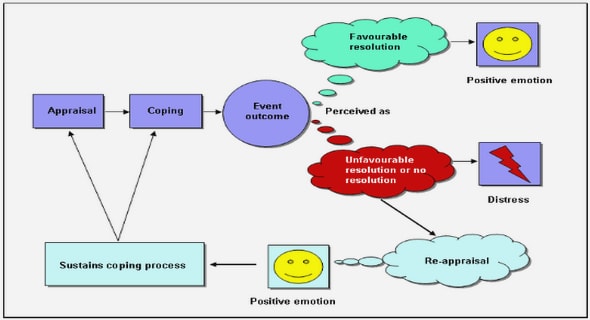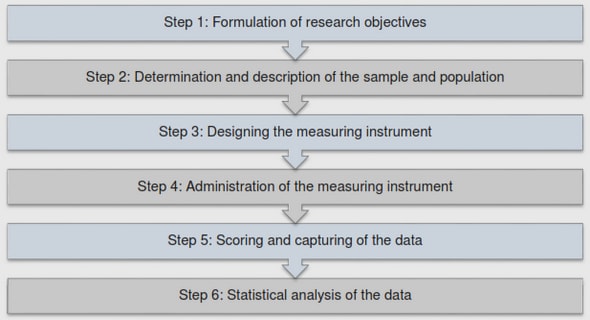Get Complete Project Material File(s) Now! »
Frank Whaling
In a 1981 article entitled A comparative religious study of missionary transplantation in Buddhism, Christianity and Islam, 35 Whaling examines different approaches to the study of the transplantation of religions and suggests some factors that need to be present if such a transplantation is to be successful. First he examines seven theological attitudes (taking the term « theological » in a broad sense to encompass more than just Christianity), ranging from » … the option of exclusivism … one’s own position is right and that of others is wrong » to the other extreme: » … the option ofrelativism … all religious paths are equal paths to the same goal … « 36 He states that while such a comparative theology of mission may be interesting in its own right, it is not what he is aiming at. He wishes to instigate « a comparative religious study ofmission ».37 Although Whaling quotes Pye’s article, he does not hesitate to use the word « mission ». Perhaps the fact that his (Whaling’s) article appeared in the journal International Review of Mission has something to do with this.
Within religious studies, he also considers the approaches ofphenomenologists such as Van der Leeuw, Kristensen and Eliade, of Wilfred Cantwell Smith and ofNinian Smart to be unsatisfactory. None of them really gives us a tool with which to investigate the ways in which various religions have moved from one society to another. At this point, one may ask whether Smith really should be mentioned in this context. One could see him as straddling the worlds of theology and religious studies, at home in both in a way that has become considerably more difficult since his time.
Whaling then proceeds to three cases of transplantation of religions: the spread of Buddhism from India to China, of Christianity through the Roman world, and of Islam through the Middle East. From his examination of these three historical events, he isolates the following factors:
• Ease of transport
• A bridge community or communities
• The weakness of empires that had formerly heen strong
• A dynamic inner sense of mission
• Advance by either slow or rapid penetration
• Three stages of missionary progression through
• contact
• penetration
• dominance
• The need for resolution of five factors:
• cultural differences
• linguistic differences
• attitudes towards other religions
• intellectual opposition
• political opposition
While some of his factors seem straightforward enough, others are problematical. « Advance by either slow or rapid penetration » essentially tells us nothing at all except that advance has taken place: it does not really tell us why that advance was slow or rapid. In chapter 4, we shall see Jonathan Walters argue that early Buddhism did not have « a dynamic inner sense of mission ». This is the kind of factor that needs to be taken into account when we consider « slow or rapid » penetration.
Even within the strictures of Whaling’s three case studies, Chinese Buddhism never achieved quite the level of « dominance » that Christianity attained in Europe and Islam in the Middle East. The five factors in need of resolution partially overlap; for example, « political opposition » may be the direct result of « cultural differences ».
Apart from inductively teasing out these factors from his three historical cases, Whaling does not continue his analysis. He warns that it would be illegitimate to extend his findings even to other cases of transplantation within the same three religions, for instance, the spread of Islam to Indonesia. It is clear that he regards this a~ticle as an exploratory work, a means of presenting some ideas for further discussion, and indeed he ends his article with a call for further research.
Robert Montgomery
Montgomery, in a 1991 article entitled The spread of religions and macrosocial relations, uses Buddhism, Christianity and Islam to provide evidence for his theory that « macro social relations are crucial in the spread of religions », which means that » … there must be certain characteristics ofreligions (and quasi-religions) which allow and encourage them to spread. « 38 but also that « there may be certain internal characteristics of societies that accept outside religions ». 39 Montgomery briefly mentions the internal characteristics of religions that choose to spread their message:
… they must be universalistic in appeal so that members of any group may perceive the religions as relevant to them. It is assumed that the three religions, Buddhism, Christianity and Islam, as well as Marxism, have universalistic characteristics. The characteristics of these religions have also accounted for their varying degrees of missionary efforts, a necessary, but not sufficient cause in the spread ofreligions. »
CHAPTER 1: BUDDHISM AND THE DYNAMICS OF RELIGION
CHAPTER 2: THEORETICAL PERSPECTIVES
2.1 T.W. Rhys Davids
2.2 Michael Pye
2.3 Frank Whaling
2.4 Robert Montgomery
2.5 Henry C. Finney
2.6 Martin Baumann
2. 7 Transplanting Buddhism and propagating enlightenment: a theoretical mode
2.7.l Map and territory, or models and reality
CHAPTER 3: THE TRANSPLANTATION OF BUDDHISM-A HISTORICAL OVERVIEW
3.1 Early Buddhism
3.2 The spread of Theravada Buddhism
3.3 The spread of Mahayana Buddhism
3.4 The new expansion of Buddhism
3. 5 Buddhism in South Afric
3.5.l Early representations
3.5.2 Ethnic Buddhism
3.5.3 The 1970s-Nonsectarian representation and the founding of Buddhist
groups
3.5.4 The I 980s-a reverse in the direction of relational positionin
3.5.5 The 1990’s-first beginnings of respectability and establishment
3.5.6 An assessment of South African Buddhism
CHAPTER 4: BUDDHISM, OTHER RELIGIONS, « MISSION » AND TRANSPLANTATION
4.1 Buddhism
4.2 « Other » religions
4.3 « Mission » in Buddhism?
4.3.1 Buddhist mission-a survey oflitcrature
4.3.2 Out with the old-Jonathan Walters’ rethinking of Buddhist mission
4.3.3 Mission as transplantation
4.4 Transplantation
4.4.1 Great-tradition representation with significant meta-tradition inputs
4.4.2 Great-tradition representation with significant little-tradition inputs
4.4.3 Non-institutionalised Buddhism
4.4.4 Little-tradition representation
4.5 Summary: Buddhism, « other » religions and transplantation
CHAPTER 5: BUDDHISM AND AFRICAN THOUGH
5.1 What is « African thought »?
5.2 Africa, Buddhism and the theistic worldview
5.3 African reincarnation
5 .4 Ancestors and bodhisattvas .
5.5 Respect for elders: an African filial piety?
5.6 Blowing out different candles
5.8 Communalism and Ubuntu
CHAPTER 6: SOCIO-ECONOMIC CLASS AND DIFFERENTIAL RECEPTIVITY TO BUDDHISM
6.1 Class, caste, race and Buddhism
6.2 South African Buddhism as a white religion .
6.3 Buddhism as an elitist religious phenomenon
CHAPTER 7: CONCLUSION
REFERENCES CITED .
OTHER SOURCES CONSULTED
INDEX
GET THE COMPLETE PROJECT
Transplanting Buddhism: An investigation into the spread of Buddhism, with reference to Buddhism in South Africa


